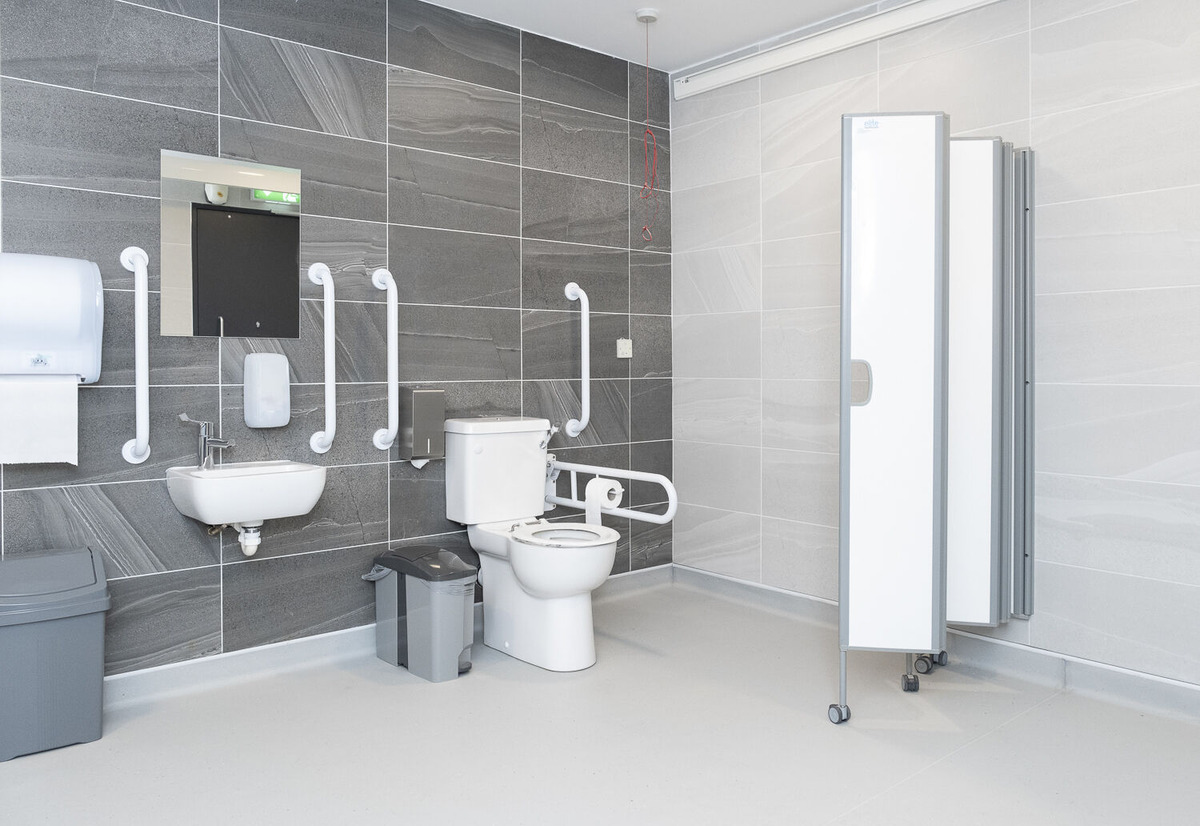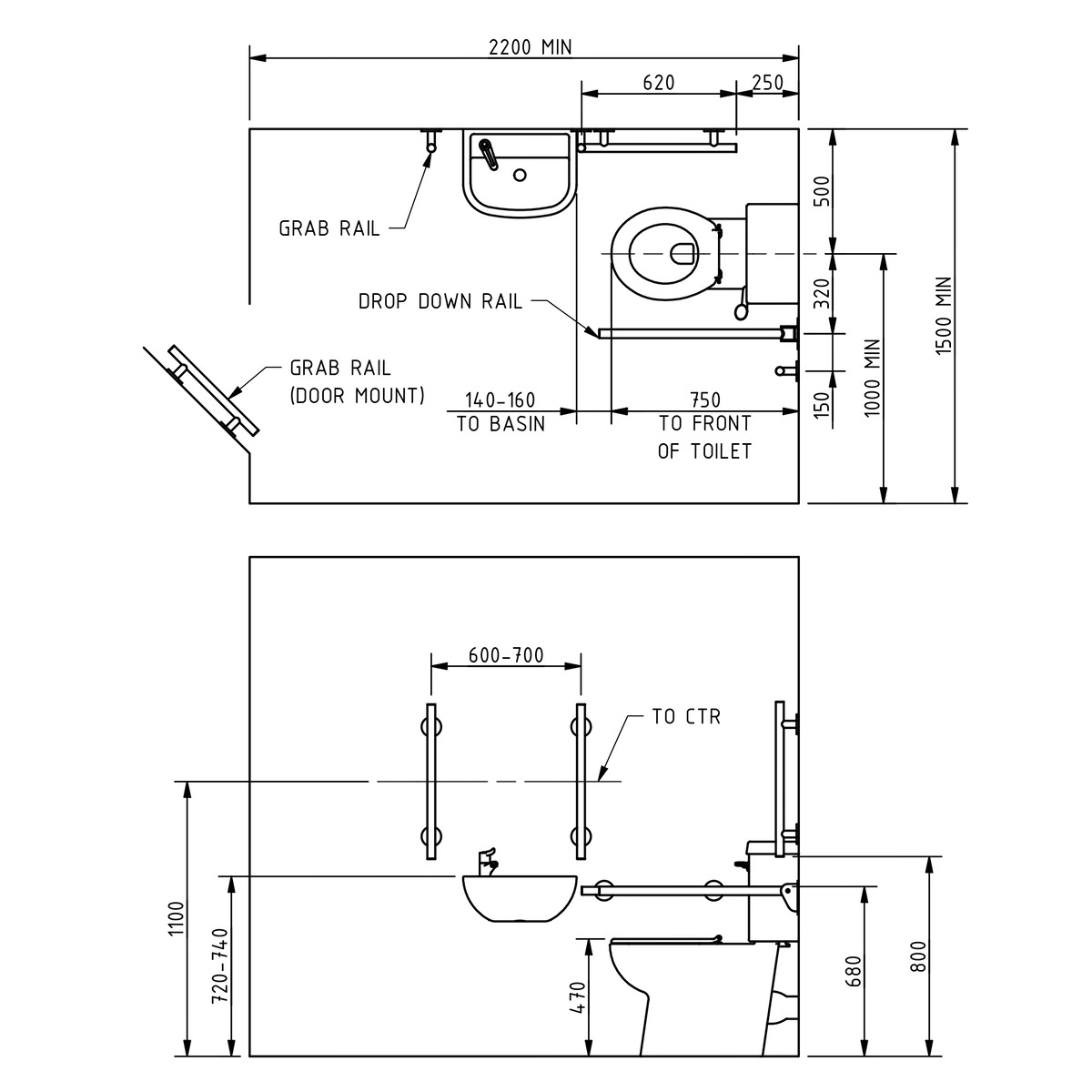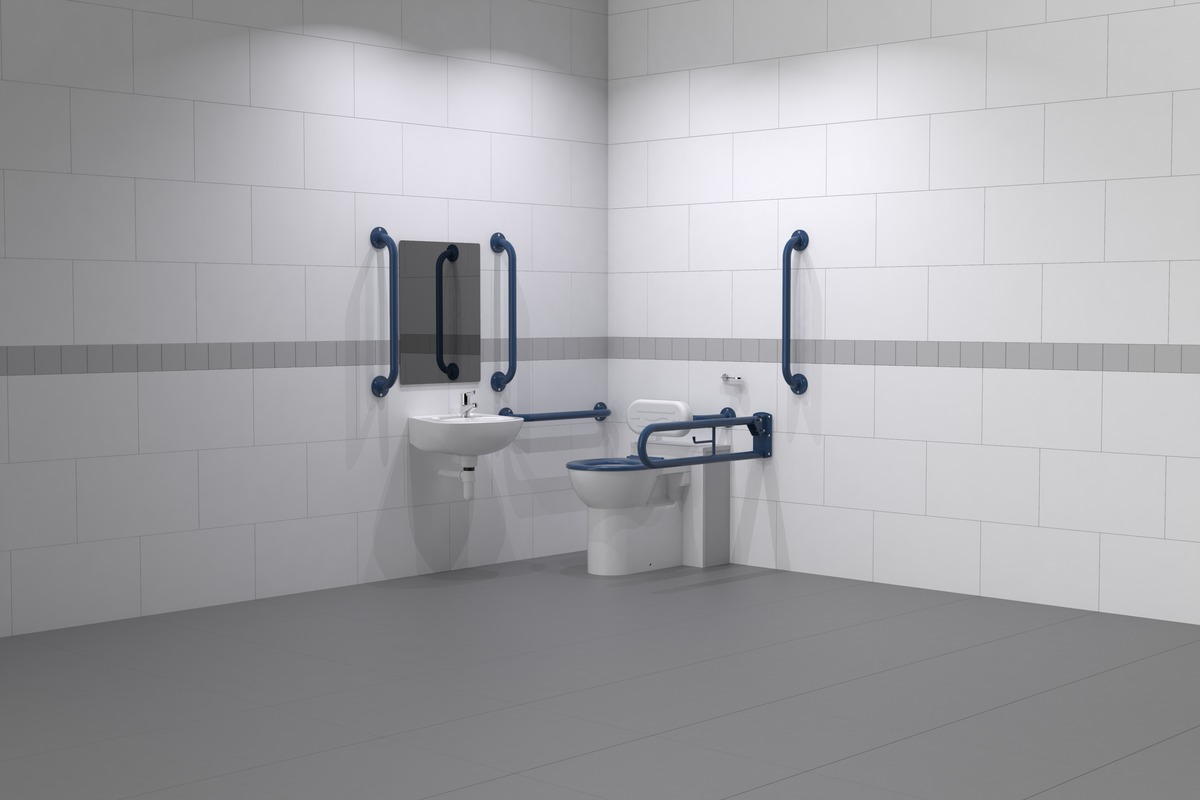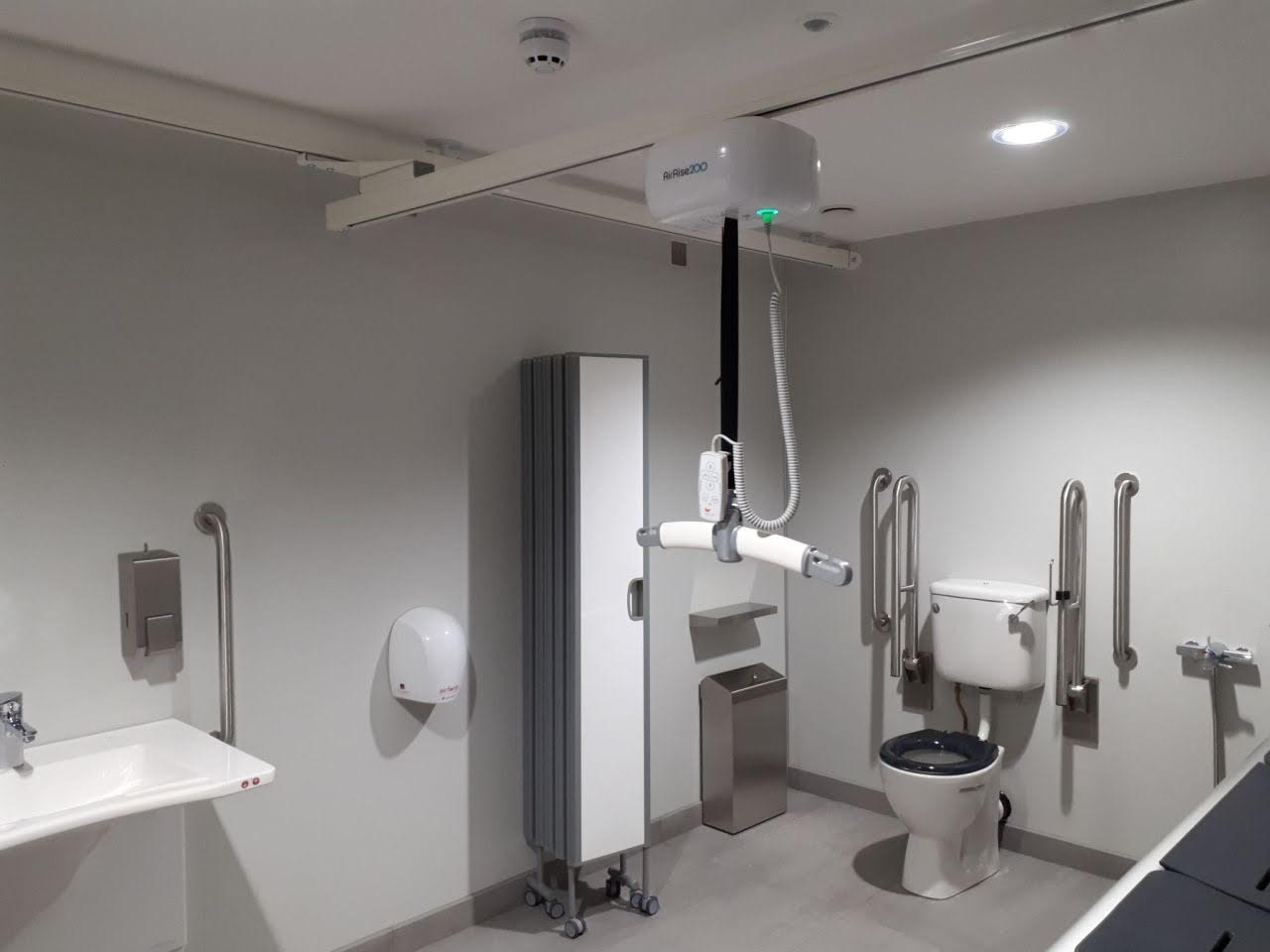
Does my premises have to have a disabled toilet?
The simple answer is yes. Under the 2010 Equality Act, every building that is open to members of the public (including employees) must ‘make any reasonable adjustment to any physical feature which might put a disabled person at a substantial disadvantage compared to a non-disabled person.’ Part M of the Building Regulations 2010 (often referred to as Doc M) sets out the guidelines designers should follow in order to meet the requirements of the Equality Act.How many disabled toilets should my premises have?
Public and commercial properties vary according to purpose, design and size. Therefore, there is no ‘one size fits all’ solution for Doc M. Doc M guidelines should be used alongside other relevant guidelines in order to establish the specification, size and quantity of accessible toilets that are appropriate for each building. These include BS 6465 (Scale of Provision) and BS 8300-2:2018 (Design of an Accessible and Inclusive Built Environment).Guide to disabled toilet provision
| Type of facility | Number of disabled toilets |
|---|---|
| Single toilet facility | Where there is only room for one toilet in a building, it must be wheelchair accessible unisex type, and of greater width to accommodate a standing height basin. |
| Multiple toilet facilities | Multiple toilet separate sex washrooms must provide at least one WC ambulant cubicle. Where there are four or more standard cubicles in a single sex washroom, one cubicle must be an enlarged cubicle – minimum 1210mm wide with an outward opening door. A separate, wheelchair accessible unisex washroom must also be provided. |
| Hotels | 1 in every 20 rooms must provide for disabled use. Bedrooms deemed wheelchair accessible should have a 50:50 ratio of baths and showers |
| Leisure Facilities | The rules for multiple toilet facilities apply. Where shower and changing facilities are available, at least one should be wheelchair accessible. |
| Large buildings (capacity 350+) | All new buildings with a capacity of 350 or more people (such as hospitals, shopping centres, stadiums) are now required by law to provide a Changing Places toilet. |

What is an ambulant disabled toilet?
An ambulant disabled toilet is a cubicle space designed for individuals with a disability that does not require the use of a wheelchair. They may have mobility, sensory, sight, cognitive or functional impairments that can be temporary or permanent. An ambulant disabled toilet can be the same size as a standard cubicle (minimum 2200mm x 1500mm), or enlarged to a minimum of 1210mm wide. It will have many of the same features as other types of accessible toilets, including grab rails around the toilet pan, a raised toilet pan, a lever cistern flush, and an outward opening door. It may also have extra features such as a hand basin with lever taps, a paper towel dispenser, and a shelf for colostomy bag users.
What is a wheelchair accessible toilet?
As the name suggests, a wheelchair accessible toilet is designed for wheelchair users. It must be able to accommodate the turning circle of a wheelchair, and is designed for independent use, allowing the user to transfer from their wheelchair to the toilet pan with the aid of grab rails. Wheelchair accessible toilets can be accommodated within multiple toilet facilities, but are typically designed as standalone spaces that can cater for all genders. They can have different layouts for left-handed and right-handed users – a comprehensive guide to wheelchair accessible toilet layouts can be found here. A wheelchair accessible toilet will have a raised toilet pan with grab rails adjacent, a hand basin next to the toilet pan, and a range of adapted accessories including additional grab rails, lever taps and toilet flush, and paper towel dispensers. You can buy complete Doc M packs for ambulant and wheelchair accessible toilets, which contain all the sanitaryware, fixtures and grab rails you need to create a compliant space.